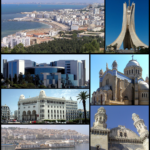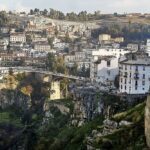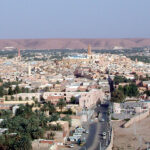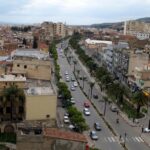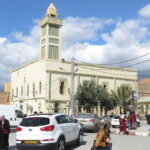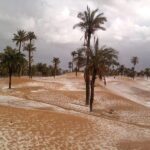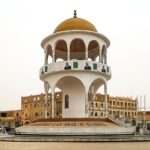Chlef
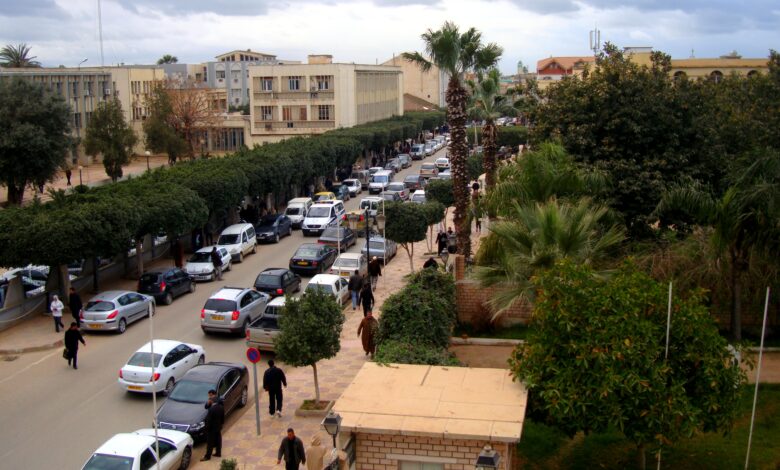
Chlef (pronounced [ʃlɛf]) (in Arabic: الشلف, in Berber: ⵛⵛⵍⴼ), formerly known as Castellum Tingitanum in Roman times, then El Asnam (which means “the idols” in Arabic) and renamed Orléansville during the French colonial period, is an Algerian municipality located in the northern part of Algeria, in the wilaya (province) of the same name, where it serves as the capital. Chlef is situated halfway between Algiers, the capital, and Oran, the second-largest city in Algeria.
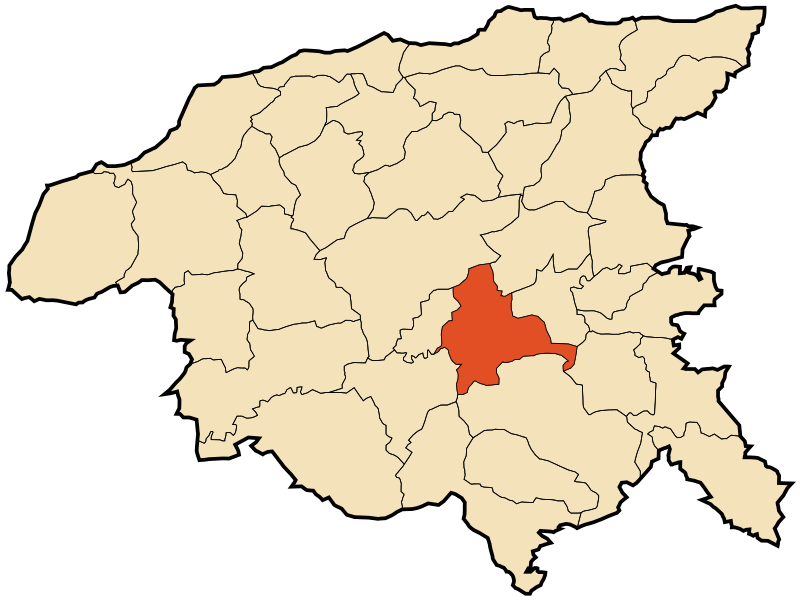
| ID |
|---|
| 31308 |
| Name |
| Chlef |
| State ID |
| 1105 |
| State Code |
| 02 |
| State Name |
| Chlef |
| Country ID |
| 4 |
| Country Code |
| DZ |
| Country Name |
| Algeria |
| Latitude |
| 36.16525000 |
| Longitude |
| 1.33452000 |
| WikiData ID |
| Q849561 |
